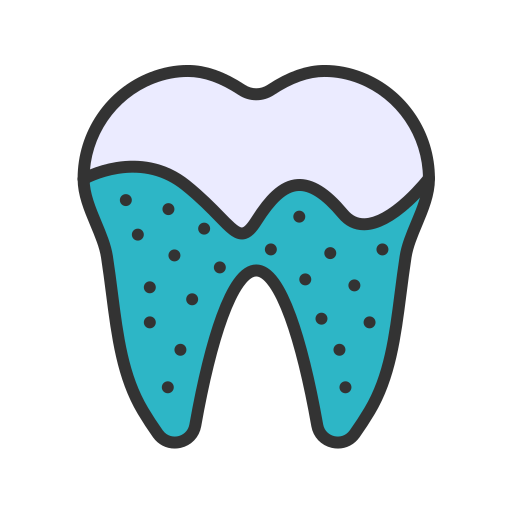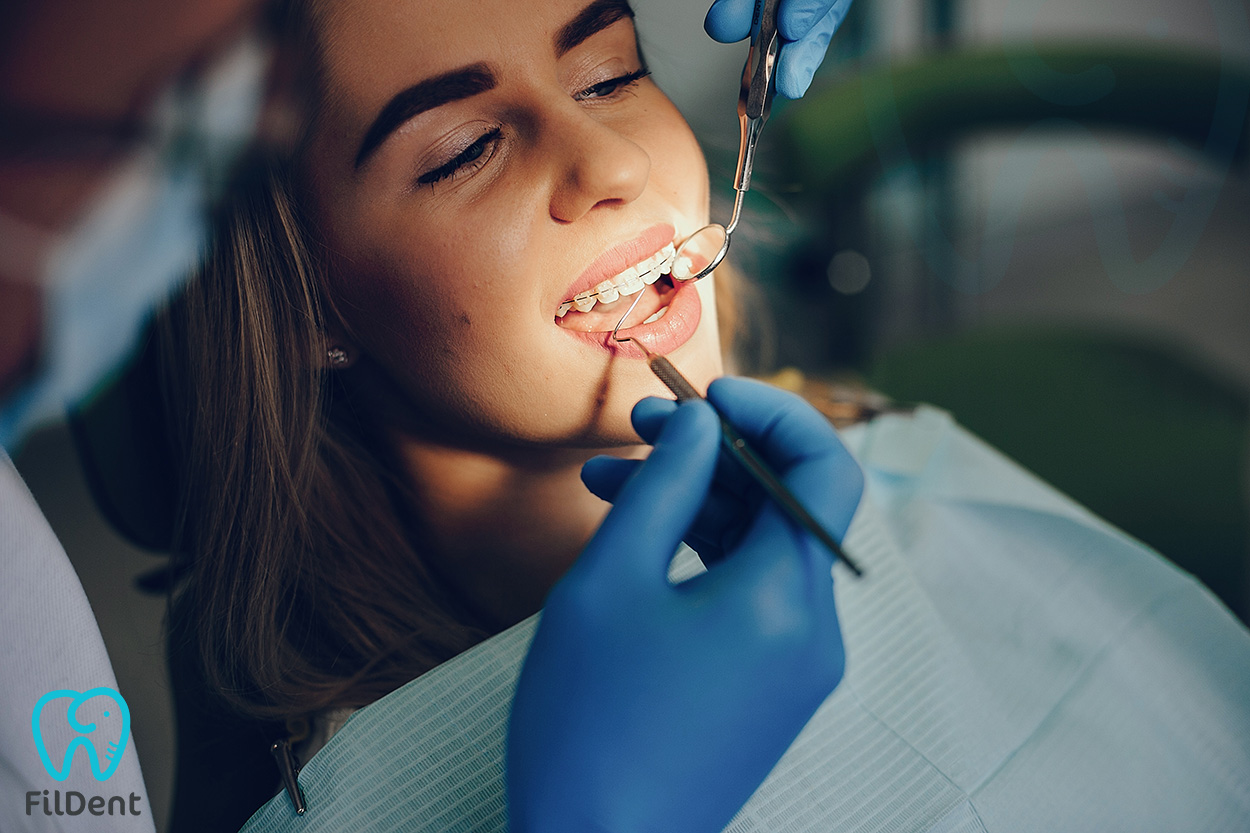

Tartar Cleaning
Another name for dental calculus is tartar. Tartar is formed by the accumulation of minerals in our saliva and on the teeth as a layer. People need tartar cleaning regularly every six months; otherwise, the rate of gingivitis and gum disease increases.
 What is the effect of tartar on diseases?
What is the effect of tartar on diseases?
Tartars, namely tartars, are mostly seen on the lower jaw’s front teeth and the sides of the upper first molars facing the cheek. It is common in this sage because the glands’ location in the human mouth structure plays a significant role; the salivary glands are located in the cheeks and are in contact with the teeth for almost 24 hours. If dental calculus cleaning is not performed, the gingival recession causes jaw bone loss in more advanced cases and causes teeth to shake or fall.
Which department will take care of tartar cleaning?
Our patients who want to have dental calculus cleaning can have the treatment of dentistry in the department of periodontology. After applying to your dentist, he will initiate the necessary procedures.
Will cleaning tartar damage my teeth?
Due to the false information spread among the public, most of us think that tartar cleaning will wear our teeth, but the cleaning of tartar will never harm your teeth. Tartar cleaning damages areas where tartar is concentrated and tissues. In other words, contrary to what is known, it is a treatment performed to prevent harm, not harm. Our people think that we apply this damage to their teeth due to tartar damage, i.e., tartar, during treatment. If the tartar is not removed and goes further, it can lead to the loss of teeth. You can’t be harmed as it has no side effects.
What is the treatment for gum diseases?
In the early stage of gingivitis, the treatment includes cleaning the tartar, bacterial plaque and straightening the gingivitis stage’s root surface. When tartar and plaque are removed, bacteria that cause gum disease are also removed. This treatment will usually be sufficient for the inflammation to disappear and the gum to stick back to the tooth. Besides, the patient should be informed about the control of the bacterial plaque that causes inflammation. If this treatment is not carried out, severe problems that may arise can cause significant distress.If your disease has reached the level of periodontitis, the treatment goal changes. It aims to clean the tartar on the periodontal fronts, eliminate the periodontal pocket, re-adhere the gum to the tooth, and a smooth root surface and gingiva that we can clean more efficiently.After periodontal treatment, patients should be checked every six months, and the tartar and plaques formed should be removed. For the health obtained after the treatment to continue, the person should continue the patient care procedures properly.
How to Prevent Dental Calculus?
After the tartar is formed, the dentist can only be cleaned, but the formation of tartar can be prevented by cleaning the bacterial plaque regularly. Brushing the teeth correctly at least twice a day and flossing once a day helps prevent bacterial plaque formation. The issue to be considered in this tooth brushing process is to use toothpaste that is suitable for the structure of your teeth, and you can learn this as a result of the examination you will have your dentist make.
Do my teeth turn white after tartar cleaning, will the stains on my teeth go away?
The polishing process performed after tartar cleaning allows the tea, coffee and cigarette stains on the teeth to pass. Thus, teeth appear whiter, but tartar cleaning is often insufficient to whiten the tooth color and additional teeth whitening techniques are needed.
